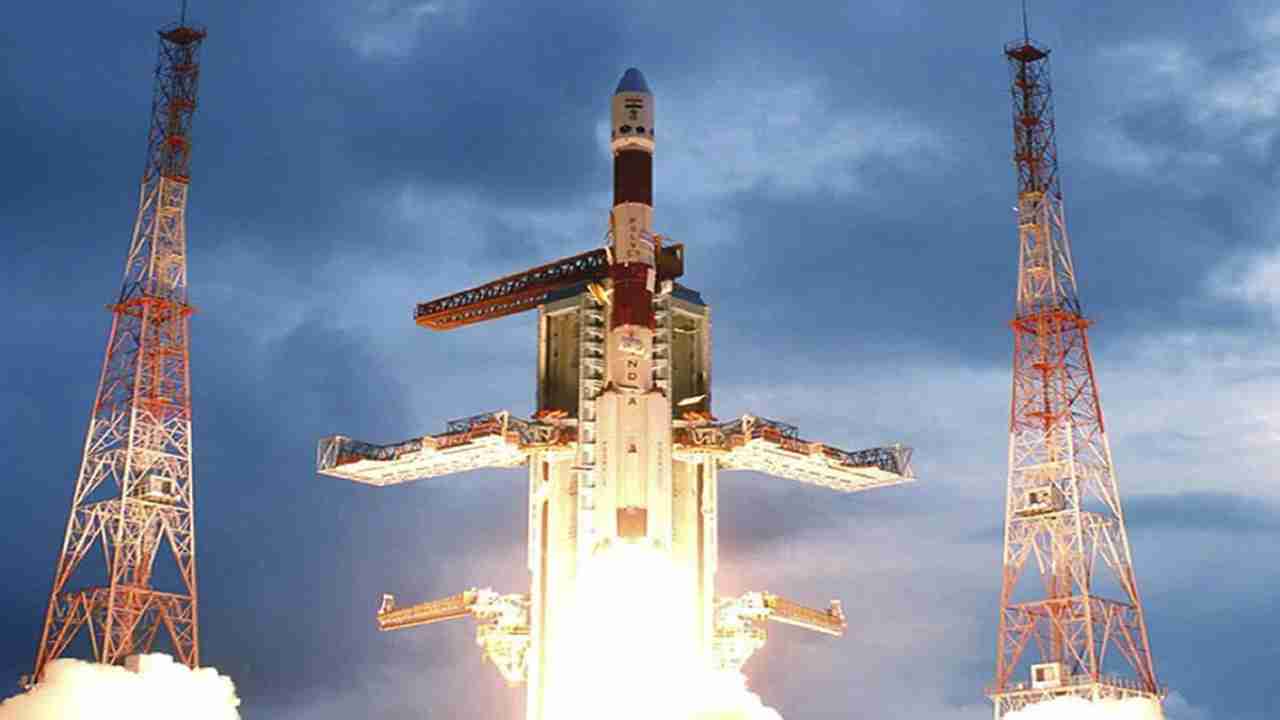On October 22, 12 years ago, Chandrayaan-1, India’s first mission to the moon was launched successfully by the Indian Space Research Organisation (ISRO) at the Satish Dhawan Space Center in Sriharikota, Andhra Pradesh. The spacecraft was designed to study the Moon orbiting around it at a height of 100 km from the lunar surface.
The premier mission resulted in several goals achieved during the orbiter and India subsequently became the fourth country across the world, to place its flag on the moon. During Chandrayaan-1, the Mini-Synthetic Aperture Radar (Mini-SAR) found water-ice deposits in craters on the far side of the moon which was considered as a significant finding.
On its 12th anniversary, let’s look at the findings of Chandrayaan-1:
- Chandrayaan’s moon mineralogy mapper has confirmed the magma ocean hypothesis, meaning that the moon was once completely molten.
- The main subject of the study was to provide new insights in understanding the Moon’s origin and evolution, Identification of chemicals in lunar highland rocks, mapping the height variation of features of the lunar surface and chemical imaging of the permanently shadowed north and south polar regions.
- ISRO said interesting data on lunar polar areas was provided by Lunar Laser Ranging Instrument (LLRI) and High Energy X-ray Spectrometer (HEX) of ISRO as well as Miniature Synthetic Aperture Radar (Mini-SAR) of the USA.
- A Chandrayaan-1 moon mission payload has enabled scientists to study the interaction between the solar wind and a planetary body like moon without a magnetic field, a meeting convened by ISRO was told.
- The Terrain mapping camera on board Chandrayaan-1, besides producing more than 70,000 three dimensional images, has recorded images of the landing site of US spacecraft Apollo 15.
- Another ESA payload – Chandrayaan-1 imaging X-ray Spectrometer (C1XS) – detected more than two dozen weak solar flares during the mission duration. The Bulgarian payload called Radiation Dose Monitor (RADOM) was activated on the day of the launch itself and worked till the mission’s end.
- Chandrayaan-1 successfully operated for 312 days until it got lost on 29 August 2009. The spacecraft crashed due to very high radiation and failed power-supply.
- On 25 March 2009 Chandrayaan beamed back its first images of the Earth which included- Asia, parts of Africa and Australia with India being in the centre.
- Although the mission could not last long, it helped scientists determine 95% of their objectives and therefore the lunar mission was termed as successful.


















